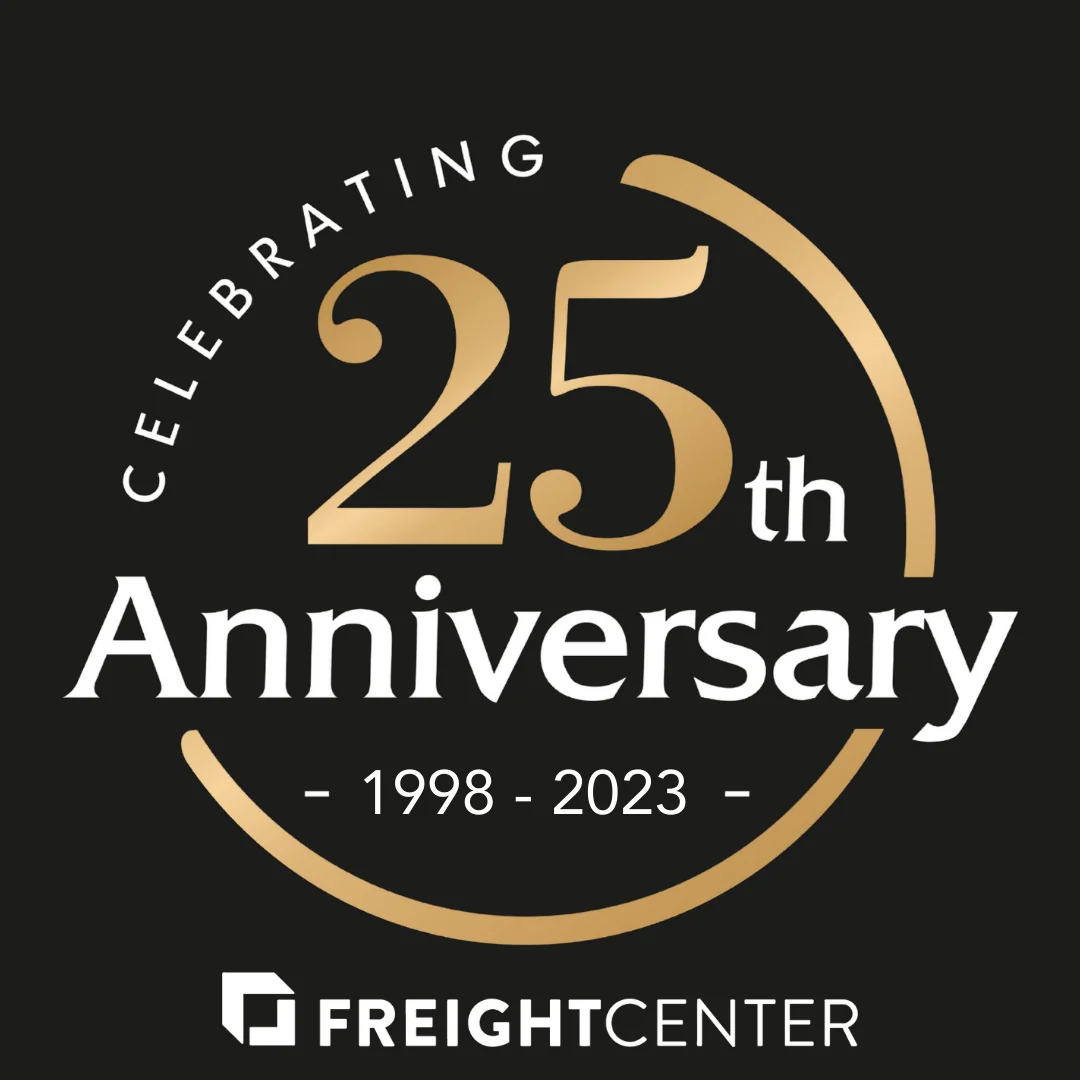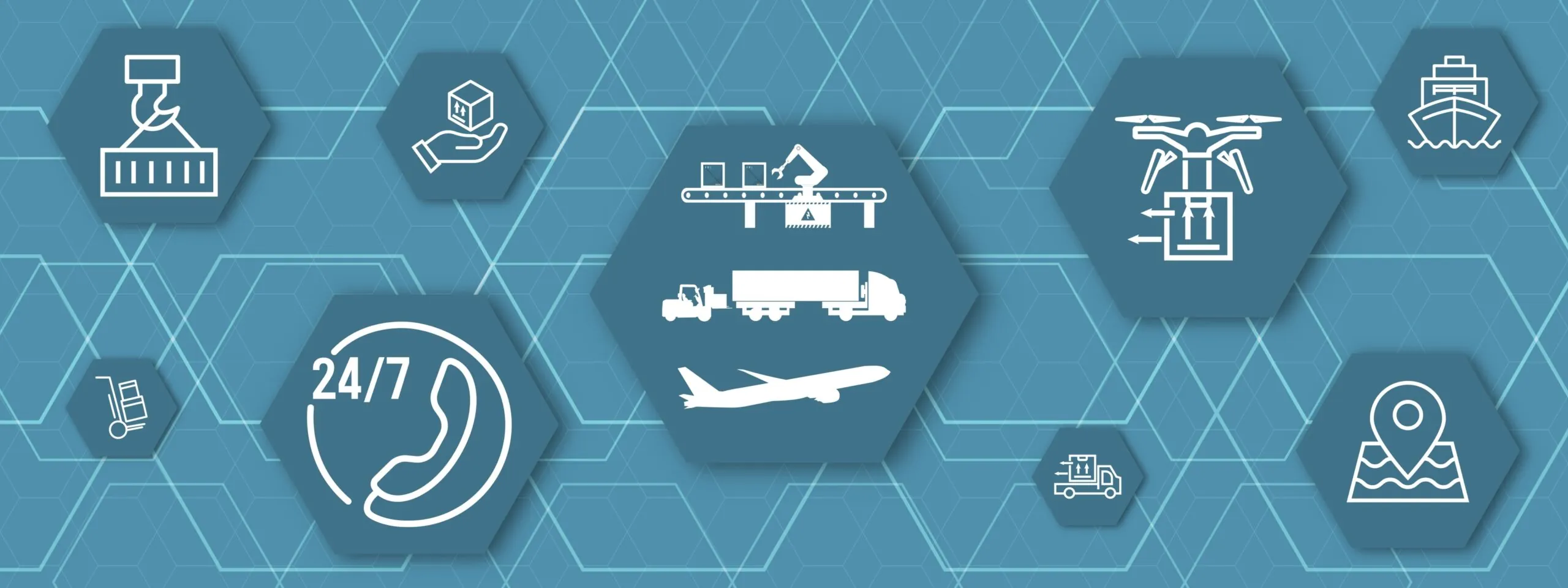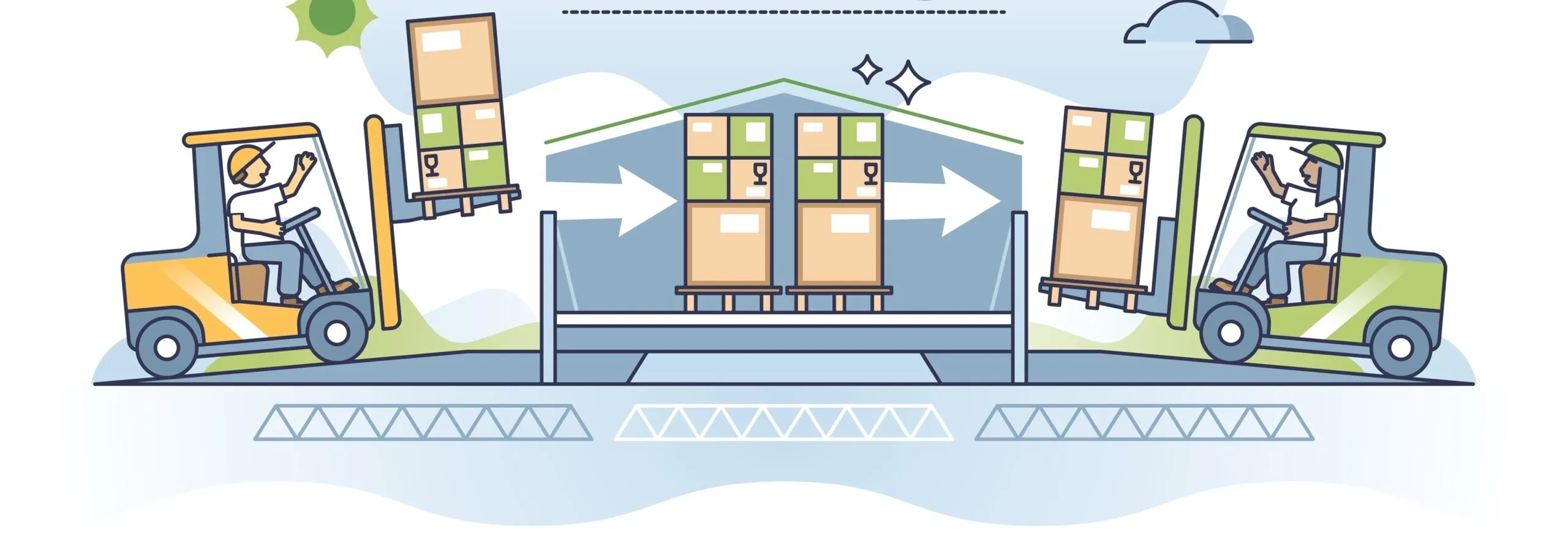The Crucial Role of Outbound Logistics in Supply Chain Management
Outbound logistics plays a pivotal role in the seamless functioning of supply chain management, ensuring that products reach their intended destinations efficiently and on time. This crucial aspect of logistics encompasses a series of processes involved in the storage, handling, and transportation of finished goods from the point of manufacturing or storage to the end consumer. In this article, we will explore the significance of outbound logistics and the key elements that contribute to its effectiveness.
Key Components of Outbound Logistics:
Order Processing:
The outbound logistics process begins with order processing, where customer orders are received, verified, and documented. This step involves checking product availability, determining the optimal shipping method, and scheduling the transportation of goods. Efficient order processing is essential for minimizing delays and meeting customer expectations.
Packaging:
Packaging is a critical element in outbound logistics, as it not only protects products during transportation but also influences the overall customer experience. Well-designed packaging ensures that goods are delivered in optimal condition while providing valuable branding opportunities. Additionally, effective packaging can contribute to reduced shipping costs and environmental sustainability.
Warehousing:
Warehousing involves the storage of finished goods until they are ready to be shipped. Proper inventory management within warehouses is crucial to prevent overstock or stockouts. Modern technology, such as warehouse management systems (WMS), plays a vital role in optimizing storage space, tracking inventory levels, and expediting order fulfillment.
Transportation:
The transportation phase is a key element of outbound logistics, encompassing the movement of goods from warehouses to distribution centers and ultimately to the end consumer. Various modes of transportation, including trucks, trains, ships, and airplanes, may be employed depending on the distance, urgency, and nature of the products. Efficient route planning and real-time tracking contribute to timely deliveries and cost savings.
Distribution Centers:
Distribution centers serve as hubs for sorting and consolidating products before their final journey to retailers or end consumers. These centers play a crucial role in streamlining the distribution process, reducing transit times, and optimizing the overall supply chain network. State-of-the-art technologies, such as automated sorting systems, enhance the efficiency of distribution centers.
Importance of Outbound Logistics:
Customer Satisfaction:
Efficient outbound logistics is directly linked to customer satisfaction. Timely deliveries, accurate order fulfillment, and the condition of products upon arrival all contribute to a positive customer experience. Meeting or exceeding customer expectations can lead to brand loyalty and positive word-of-mouth, enhancing a company’s reputation in the market.
Cost Optimization:
Effectively managing outbound logistics helps in optimizing costs associated with transportation, warehousing, and order fulfillment. Streamlining processes, utilizing technology, and implementing efficient supply chain strategies contribute to overall cost reduction, making the business more competitive in the market.
Competitive Advantage:
Companies that excel in outbound logistics gain a competitive advantage by offering reliable and efficient services. In today’s global marketplace, where customer expectations are high, a well-managed outbound logistics system can be a differentiator that sets a business apart from its competitors.
Define Outbound Logistics
Outbound logistics is a critical component of the supply chain that directly impacts customer satisfaction, cost efficiency, and overall competitiveness. As technology continues to evolve, businesses must embrace innovative solutions to optimize their outbound logistics processes. By investing in advanced technologies, adopting best practices, and continually refining strategies, organizations can ensure the smooth flow of products from production to the hands of satisfied customers.

Sailing Smoothly with 3PL FreightCenter: Optimizing Your Outbound Logistics
Outbound logistics – the process of getting your products from your warehouse to your customers – is like the final sprint in a marathon. It’s crucial to get it right, as it directly impacts customer satisfaction, brand reputation, and ultimately, your bottom line. But navigating the complexities of packaging, shipping, and delivery can be a real challenge. That’s where the 3PL FreightCenter comes in.
Imagine this: Instead of juggling multiple carriers, packing orders yourself, and chasing tracking numbers, you have a dedicated logistics partner handling everything from order fulfillment to last-mile delivery. 3PL FreightCenter acts as your one-stop shop for outbound logistics, streamlining the process and giving you back the time and resources to focus on what you do best – running your business.
Here’s how 3PL FreightCenter can transform your outbound operations:
1. Cost Savings and Efficiency Gains:
-
Multi-Carrier Network: FreightCenter leverages its vast network of carriers to negotiate the best rates and shipping options for your needs. This can lead to significant cost savings compared to using a single carrier or managing shipping yourself.
-
Automated Picking and Packing: FreightCenter’s warehouse management system (WMS) automates the picking and packing process, ensuring accuracy and speed. This reduces labor costs, minimizes errors, and gets your orders out the door faster.
-
Optimized Transportation: FreightCenter’s TMS helps you choose the most efficient shipping routes and modes of transportation based on your budget, delivery timeframes, and product characteristics. This can further reduce costs and improve customer satisfaction.
2. Enhanced Visibility and Control:
-
Real-time Tracking: Track your shipments in real-time with FreightCenter’s online portal. See where your orders are, anticipate potential delays, and proactively communicate with customers. This transparency builds trust and keeps everyone informed.
-
Proactive Exception Management: FreightCenter proactively identifies and manages any exceptions that may arise during shipping, such as lost packages or damaged goods. This minimizes disruptions and ensures timely delivery.
3. Scalability and Flexibility:
- Pay-as-you-go Model: Pay only for the services you use, eliminating the need for upfront investments in infrastructure and personnel. This makes FreightCenter ideal for businesses of all sizes, especially those with fluctuating order volumes.
- Customized Solutions: FreightCenter understands that every business has unique needs. They work closely with you to develop customized outbound logistics solutions that fit your specific requirements, budget, and industry.
Beyond the benefits mentioned above, here are some additional reasons why businesses choose 3PL FreightCenter for their outbound logistics:
- Experienced team: Their team of logistics experts can handle the most complex shipping challenges.
- Technology-driven solutions: Their advanced technology platform provides real-time visibility and control.
- Focus on customer satisfaction: They prioritize on-time deliveries and excellent customer service.
By partnering with 3PL FreightCenter, you can:
Reduce outbound logistics costs
Improve efficiency and accuracy
Gain greater visibility and control
Enhance customer satisfaction
Scale your operations with ease
So, ditch the shipping stress and let 3PL FreightCenter handle your outbound logistics. Contact them today for a free consultation and start sailing smoothly towards logistics success!
Get a Quote

